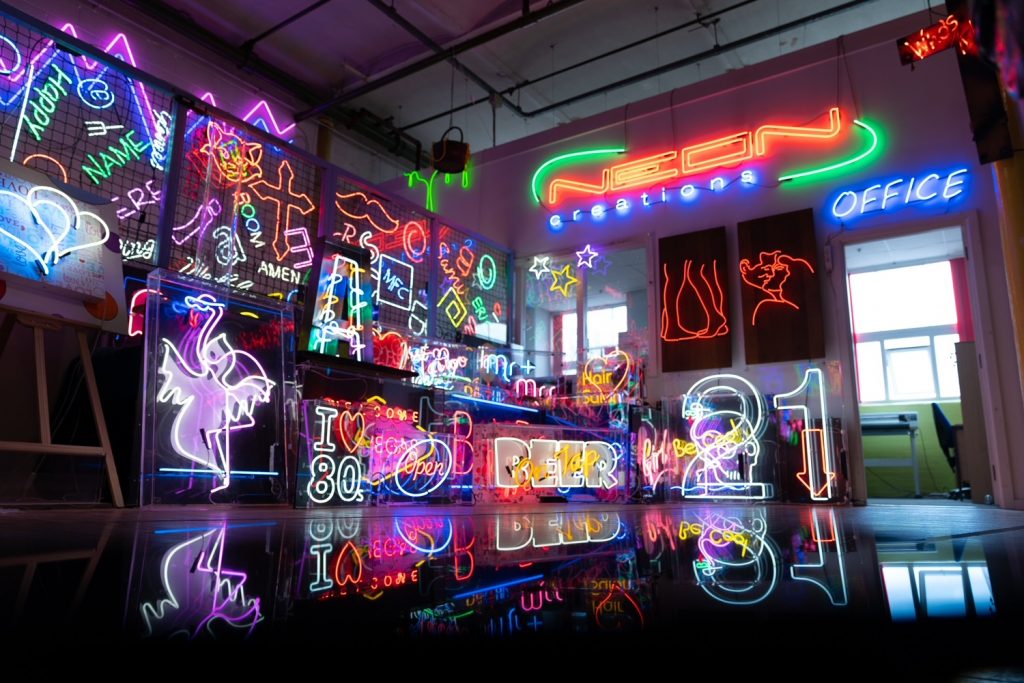
Authored by Catherine Spink at Neon Creations.
Have you come across an instance in your lifetime where someone consistently refers to a product or process incorrectly, which makes you feel frustrated and annoyed or irritated?
Over the past few years, there has been an increase in the manufacture and supply of LED alternatives to neon signs. In a world where technology and product developments take place at a rapid pace, this is neither surprising, nor problematic.
What does cause a problem is when these LED alternatives are actually marketed and sold as neon signs.
‘Why does this matter?’, you may ask.
Firstly, let’s take a look at some definitions of both products:
‘Neon’ – the chemical element of atomic number 10, an inert gaseous element of the noble gas group. It is obtained by the distillation of liquid air and is used in fluorescent lamps and illuminated advertising signs.
‘Neon Signs’ – In the signage industry, neon signs are electric signs lighted by long luminous gas-discharge tubes that contain rarefied neon or other gases.
‘Light Emitting Diode’ (LED) – A light-emitting diode is a two-lead semiconductor light source. It resembles a basic pn-junction diode, which emits light when activated. When a fitting voltage is applied to the leads electrons are able to recombine with electron holes within the device, releasing energy in the form of photons.
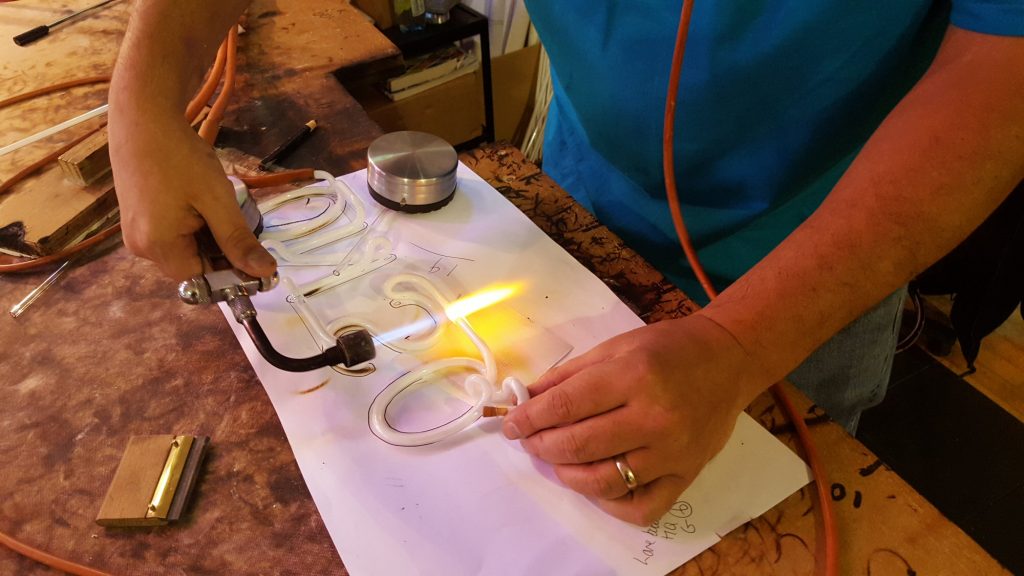
The main product features and processes of making both types of signage:
Neon signs:
- Made from glass tubing
- Glass tube is bent into shape over a flame by highly skilled craftspeople – it takes around 5 years to be fully trained in this craft!
- Air and impurities are removed from the tubes under vacuum
- Glass tubing is filled with neon gas or a combination of neon and argon gas
- Neon tubes offer a 360 degree light source
- The neon tubes can be fitted onto a backing, or fitted directly to a wall
- There are around 40 different colours available
LED signs:
- There are generally two main types of LED signs that are available as an alternative to neon
- Acrylic LED signs are made from 30mm thick acrylic, which is cut to the desired lettering or design. The back of the acrylic is routed out, and the LED’s are then inserted. The lettering or design can then be fitted onto a backing panel, or can be fixed directly onto a wall using locators. Acrylic LED is generally around the same price, or more expensive than an equivalent design neon sign. Face, rear and partial side illumination.
- LED flex signs are LEDs housed within either PVC or silicone sheathing. The flex needs to be bonded onto a backing (usually acrylic or polycarbonate) to hold it in shape. LED flex is much cheaper than neon or acrylic LED. Face and side illumination only
- Less choice of colours than neon, unless specifying an RGB option, which adds to the price
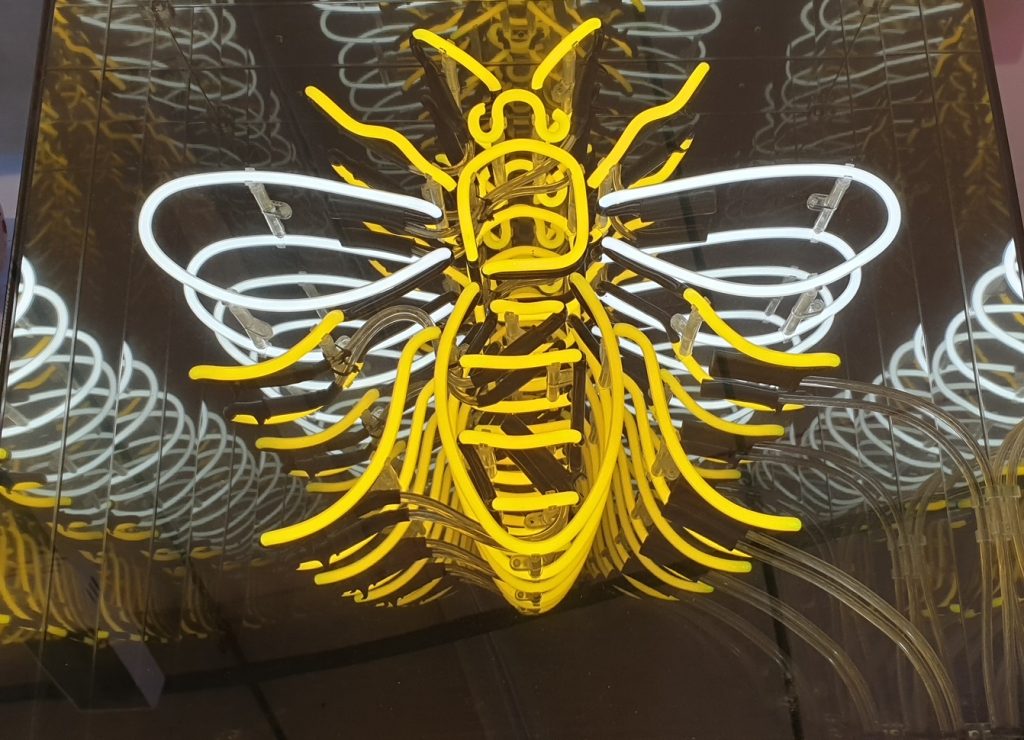
There are a number of misconceptions surrounding neon signs:
Myth 1:
Neon signs contain toxic gases – neon and argon gas are both inert gases which are found in the earth’s atmosphere. Whilst argon filled tubes do contain a very small amount of mercury, this is such a small amount that it is not harmful if a neon tube breaks.
Myth 2:
Neon signs are expensive to run – A typical size of neon sign that would be used in a home or business for decorative or branding purposes, will cost £60 or less per year to run, which is approx 16p per day.
This is based on the sign being turned on for 10 hours per day, and running at 100 Watts. Most of our neon signs run at much less than 100 Watts.
If you are comparing neon against an LED alternative, you may get told that LED signs are much cheaper to run. Based on the above example of a neon sign at 100 Watts, an identical size and design LED sign would cost around 3.5p per day in electricity.
In the grand scheme of things, is an additional electricity cost of 12.5p per day really such a big deal for a neon product?
Myth 3:
Neon signs are hot to touch – neon signs are warm to the touch but shouldn’t get hot. The only time a neon tube may become hot is if it has been made badly, or if it is being powered by the incorrect size transformer.
Myth 4:
Neon signs are dangerous because they are high voltage – it is true that neon signs run from high voltage transformers, however, the transformers that we use are fitted with open circuit and earth leakage protection so that if the neon tube gets broken then the power will immediately cut off.
Whilst they are high voltage, the transformers generally only draw 0.8 of an amp, and their output is 20mA (based on the average transformer that we use).
Myth 5:
Neon signs are easily breakable as they are made from glass – It is correct that the neon tubes are made from glass and are therefore in their nature fragile. However, if they are handled correctly and carefully during transportation and installation, then there is no reason at all why the glass will get broken.
We encounter glass products throughout our daily lives without any fear that they will get broken, so there is no reason to think of neon signs any differently.
Myth 6:
Neon signs are not as environmentally friendly as LED signs – neon signs are fully recyclable as they are made from glass! Many LED signs end up in landfill. Many LED signs are also shipped to the UK from China leaving a bigger carbon footprint than a product that is made in the UK and shipped within the UK.
A few companies that are selling LED alternatives but calling them neon, use these misconceptions as part of their marketing. Seems a little bizarre that they try and paint neon signs in a bad light, but still call their product neon instead of LED!
At Neon Creations, we manufacture neon signs in-house. We understand that there is a place for both neon and LED, and that there are instances where it is not possible to use neon or that some clients may also prefer to use LED. In fact, we even supply LED alternatives when asked for them, which we source from a UK based manufacturer.
The reasons that we feel so passionately about neon signs and LED signs being referred to by the correct terminology are as follows (and this will be echoed by neon glass benders around the world):
- They are not the same product! As can be seen from the product features and processes discussed above, if a ‘neon sign’ hasn’t been made by bending glass and filled with neon or neon/argon gas, then it simply isn’t a neon sign! Yes, they are both types of illuminated signage or artwork, but the materials and processes used to create them both are completely different.
- Really importantly, it is misleading to the end user, and by calling an LED sign a ‘neon sign’ this leads to confusion as to what product they are actually buying.
To illustrate this, we were recently asked to quote for a neon sign by an interior design client, whose client specified neon. The quote was worked out in neon as requested, and then their client came back with the following feedback:
‘Neon Sign – Just a note needs to be LED rather than gas.’
The client obviously thinks that ‘neon sign’ can mean neon or LED.
We have to explain to customers on a daily basis that neon and LED are not the same thing, which is frustrating and time consuming for staff.
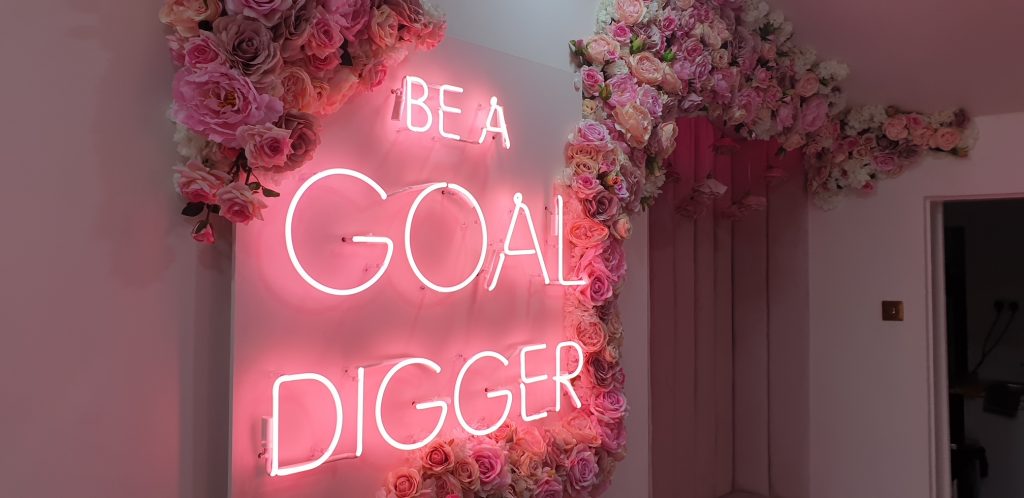
Whilst businesses are completely entitled to call themselves whatever they like, even by having the word ‘Neon’ in a company name when they don’t even sell neon can create confusion.
- It devalues the craft of neon sign making. You may think that this is petty and egotistical, but it takes around 5 years to truly master the skill of neon glass bending. There are occasions where we quote for example £800 for a neon sign, and then the client will come back and say “That’s expensive, I’ve been quoted £300 from someone else.”, as they think that they are being quoted for the same product.
- With the increase in online shopping and advertising on social media, there are many companies entering the marketplace with LED signs, which are drop shipped from China. These companies have very little or no knowledge about the products they are selling (they have probably never physically seen what they are selling!), or about neon signs, and happily promote their products as ‘neon signs’. You can easily put a product in your shopping basket which is labelled as a ‘neon sign’ and will actually receive an LED sign.
Potential customers are being led to websites from Google sponsored ads, or social media ads, by misleading information. This is actually covered under the Misrepresentation Act 1967 under Fraudulent Misrepresentation, where the seller knows that they are making a false statement in order to obtain a sale. Some of these companies have even admitted to us that they know they are selling LED signs and not neon signs.
How obvious should it be made about what type of product you are buying? For example, should you have to hunt in the FAQ’s, or should it be clear near the top of a home page or specific product page?
- Neon sign making is on the Heritage Crafts Association, Red List of Endangered Crafts – “Crafts classified as ‘endangered’ are those which currently have sufficient craftspeople to transmit the craft skills to the next generation, but for which there are serious concerns about their ongoing viability. This may include crafts with a shrinking market share, an ageing demographic or crafts with a declining number of practitioners.”
Does anyone really want to see the disappearance of neon signs? Using the correct terminology will undoubtedly help against this as buyers will have more of an understanding of what they are buying and what they are asking for.
Neon and LED signs can easily exist side by side, each product has its own pros and cons. What is important is that customers are provided with the correct information to make an informed decision as to which product is best for them in terms of overall look, function and budget, and not given misleading and incorrect information.
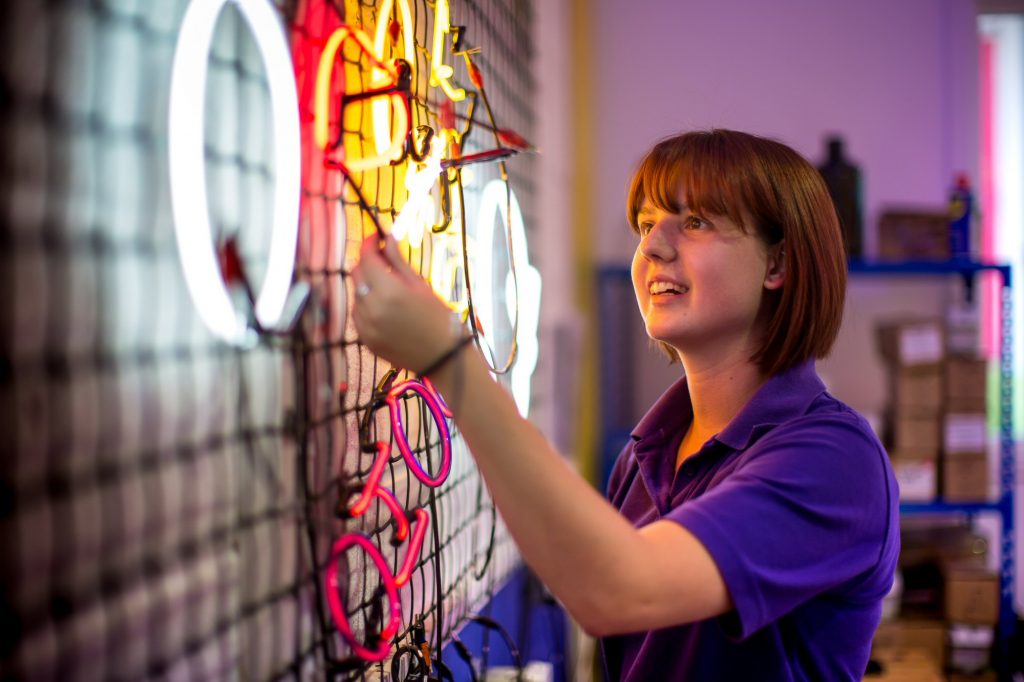
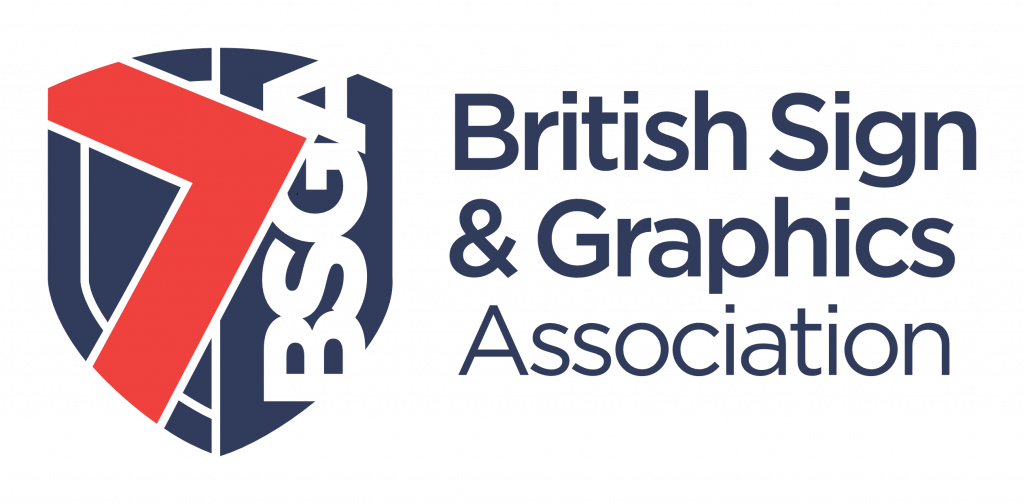
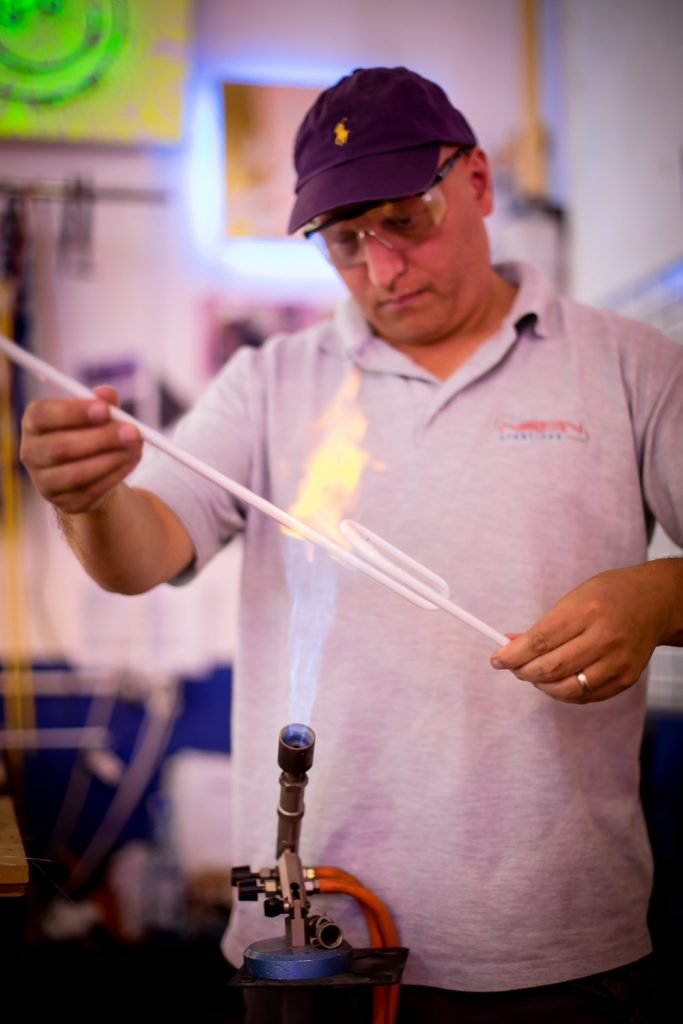
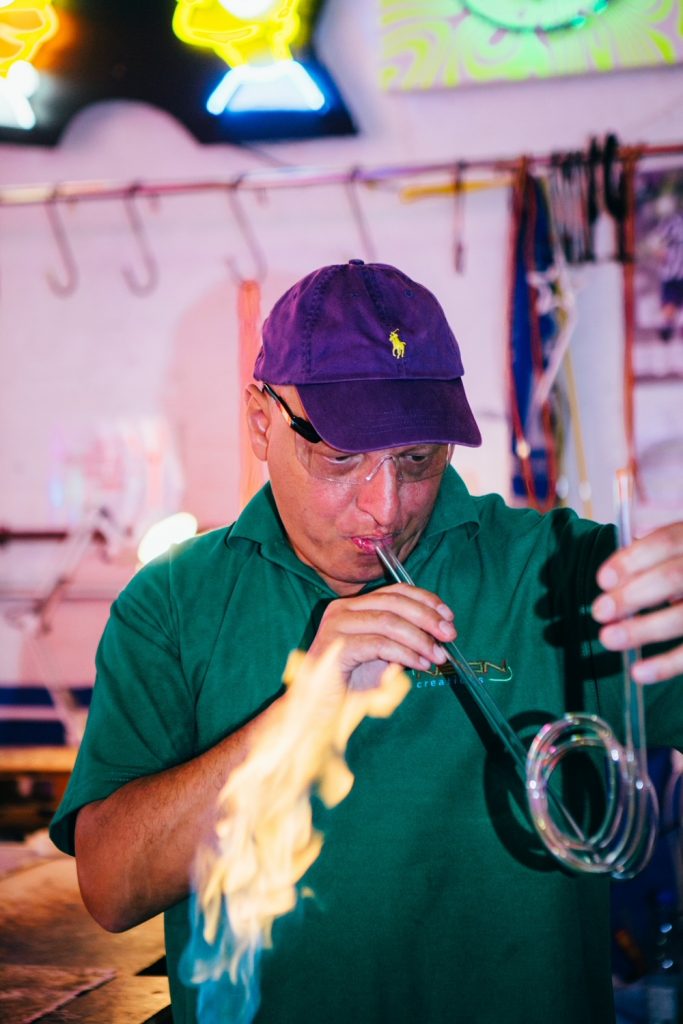
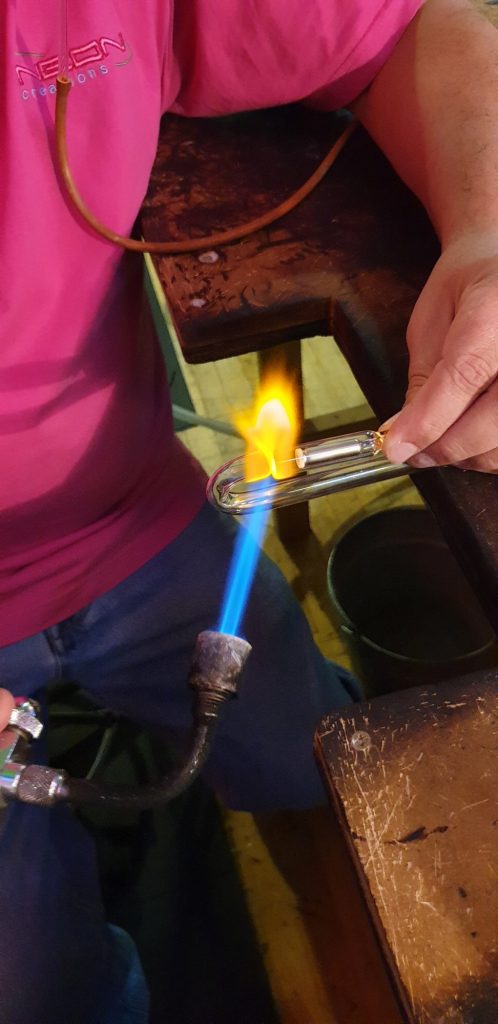

 European Sign Federation
European Sign Federation